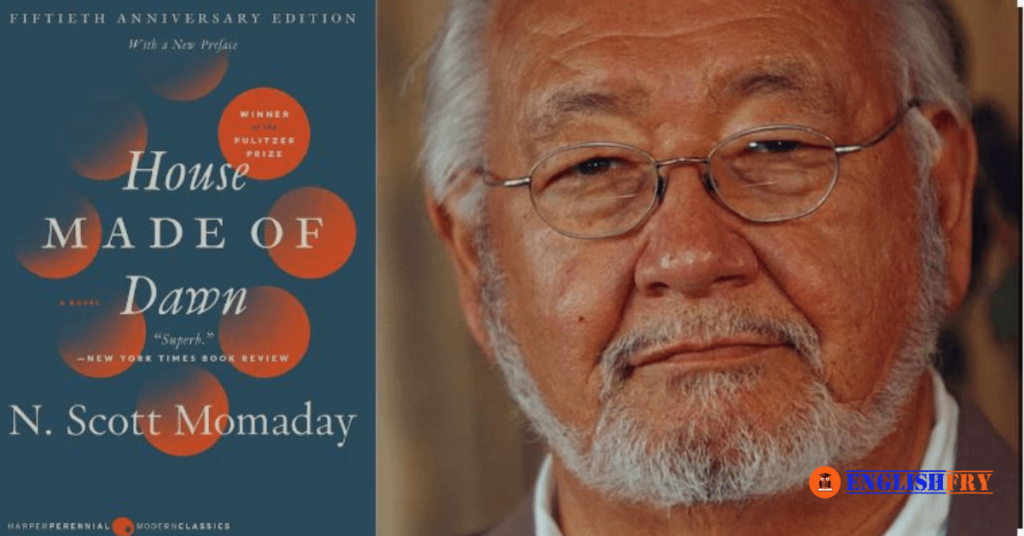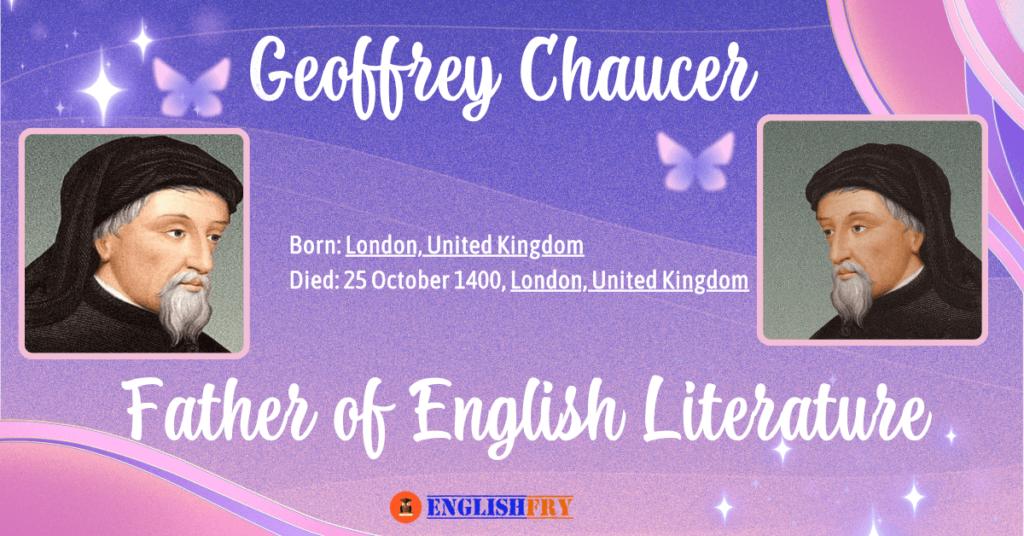House Made of Dawn is a 1968 novel by Native American author N. Scott Momaday. A member of the indigenous Kiowa tribe, Momaday draws from his experience living on reservations in the American West, particularly Jemez Pueblo in New Mexico. The story begins shortly after World War II, following a protagonist, Abel, whose identity fixes him at the margins of normative American culture. Torn between his desire to fully integrate into mainstream America and his will to retain his roots, Abel struggles to make his way in the world, becomes addicted to alcohol, and commits grave crimes. Through Abel’s experiences, House Made of Dawn paints a sympathetic portrait of the systemic injustices to which indigenous peoples are subjected. The novel won the 1969 Pulitzer Prize for Fiction and is widely considered one of the foremost works of twentieth-century Native American literature.
The novel is divided into four parts. In Part I, “The Longhair,” Abel returns to his reservation after several years fighting in World War II. Traumatized and on the edge of a breakdown, he is unable to recognize his own grandfather, Francisco. Francisco used to be a well-respected hunter and religious man who actively participated in the reservation’s ceremonies. He took care of Abel after his mother and older brother died. Francisco did his best to impart Abel with Kiowa traditions and values but largely failed to connect with him. Francisco thinks of this inaccessible past world as a “house made of dawn”: beautiful, but insubstantial and transient. Now, Francisco is old and has lost the use of a leg.
The town minister, Father Olguin, connects Abel with a job opportunity chopping wood for a wealthy white woman, Angela St. John, who has traveled to the area to rejuvenate in its springs. Unhappy with her life back home, Angela busies herself by hitting on Abel. She offers to help him find a job outside the reservation, causing Abel to reflect on the seeming pointlessness of reservation life. Accepting that he has never called the reservation home, he yearns to leave it. His effort to escape is abruptly cut short when he faces off against a local albino Indian, Juan Reyes, in a horsemanship game. Abel suffers a psychotic episode, declares that Juan is a witch, and murders him outside a local bar. He is convicted of murder and sent to prison.Part II, “The Priest of the Sun,” takes place six years later in Los Angeles. Recently out of jail, Abel connects with a local network of Indians. The local leader, “Priest of the Sun” Reverend John Big Bluff Tosamah, calls Abel a “longhair,” a pejorative term meaning that he clearly struggles to integrate with mainstream American society. Abel also meets a kind man from a New Mexico reservation, Ben Benally, and starts a romance with a social worker named Milly. Still, Abel is unable to find a decent job or feel secure in Los Angeles. He gets into a drunken fight and nearly dies, ending up on a beach outside the city. Memories of the war and his past crimes resurface and overwhelm him. Abel manages to compose himself enough to leave the beach for his apartment.
Part III, “The Night Chanter,” begins after Ben gets Abel on a train back to his reservation. Ben recounts what happened to Abel in the city that made it necessary to leave. During a poker game, Reverend Tosamah made fun of him, stirring up a fight. Too drunk to do anything about it, Abel drank constantly for two days and missed his next work shift. When he finally made it to work, his boss scolded him, and Abel angrily quit. Abel continued to binge drink, relying on money borrowed from Ben and Milly. When Abel failed to turn around his behavior, Ben kicked him out. Abel then directed his anger at a corrupt police officer, Martinez, who once robbed Ben. Abel confronted Martinez and almost died when he tried to fight. While he recovered in the hospital, Ben called Angela, who traveled to Los Angeles to comfort Abel. She told him a story about a bear and a maiden that happened to mirror an old Navajo story. Angela’s presence lifted Abel’s spirits considerably.
Part IV, “The Dawn Runner,” begins as Abel arrives at the reservation. His grandfather is about to die. Abel takes care of him while he tells Abel stories from his childhood. Francisco exhorts Abel to remember the traditions of his people. When Francisco dies, Abel dresses him in his funerary clothes and marks himself with ashes. At sunrise, Abel begins to run, observing the “race of the dead” that marks a loved one’s passing. He sings for himself and Francisco, feeling as though he is returning to his people and his true place among them.
THEMES
House Made of Dawn comes back again and again to the beauty of the old customs of Native Americans and their viability for the newest generation. The old customs are tied to the rhythms of the land, a fact which receives is best image in the last one of the novel. This image is of the mesa which serves as a sort of platform for the play of the sun as it makes its way from dawn through the day. Before the end of the novel, Momaday prepares the reader to see its significance when he has Francisco remember the time he took Abel and Vidal to the mesa and told them to memorize it like they knew their own hands. He reminded them in slow and careful words of all the times of the Native calendar which are marked on the rock by the movement of the sun. It signals when harvest should be performed, when ceremonies conducted, and when planting should be done. In the last scene of the novel, Abel goes to the mesa to run with the old men runners in celebration of the seventh dawn, the dawn in which his grandfather died. As the sun breaks over the surface of the mesa rock, the runners take off as one and Abel behind them. He is out of step with them but recognizes the need to keep going. In this image, Momaday captures both Themes of this novel the importance of maintaining a connection to Native customs however revised they will be in the new generation and the difficulty with which the younger generation will make the transition from the reservation to the European-American dominated world of war and cities.
Momaday’s novel is a tragic novel. It recognizes the passing of old ways and the imposition of newer and less noble ways in their place. Yet it is not a pessimistic novel. Momaday gives his readers characters who have found ways to make it in the new world while retaining a connection to their cultural heritage. Abel, Benally, and Tosamah each represents a different way of making it in the modern world as Native men.
Abel is the most damaged of the three. In part, he began wounded when his father abandoned the family and left Abel to feel like a foreigner among his people. He never even knew his father’s tribal affiliation. Next, Abel’s mother and then is elder brother Vidal died. Abel seems to have had a sad childhood raised by his kindly by very silent grandfather and consoled by the comic but nurturing Fat Josie. Abel represents the Native American men who fought in the second World War for a country that had waged war and genocide on his own people. Fighting in the war, Abel retained the status of an outsider. His fellow soldiers called him “chief,” a term of derision. They regarded him as an alien, inscrutable in his every action. Abel must have felt inordinately alone when he went to war never enjoying the camaraderie that is the consolation of so many soldiers. He responded to his isolation and estrangement with alcoholism. He came home from the war not as a proud soldier having served his country well, but as a drunk who shames his grandfather into tears.
The novel in no way makes it clear what its climax–Abel’s murder of the albino–has to do with this theme of alienation and estrangement among the newer generation. Situated in the flow of narrative as it is, just after the description of the spectacle of the feast of Santiago when the albino plays the figure of Santiago who sacrifices the rooster, beating Abel with it corpse, it seems like an extension of that pageant. Abel seems to have killed his enemy as a natural act of war. However, the act was clearly not condoned by his community. His grandfather is forced to stay at home the next day instead of participating as he has done every year of his life in the feast of the harvest. Abel’s killing of the eagle seems to be a similar act. It is clearly outside the parameters of the usual eagle hunt to catch an eagle and then kill it. These two acts demonstrate Abel’s distorted thoughts. He is participating in his culture’s rituals, but distorting them to violence and death. The last image of Abel provides the reader with some hope. Running with the old men to celebrate the dawn is a positive image, an image of hope for Abel’s reintegration into tribal life on the reservation.
The tragic tone of the novel continues with the portraiture of Benally and Tosamah. Benally is a gentle man who has found it necessary to adopt a new way of thinking in order to survive in the city. Still, he has retained his cultural values. He practices solidarity with Abel as he tries to help Abel adjust. He prays and participates in present-generation versions of old rituals. Tosamah is also a tragic figure, but tragi-comic. He is a charlatan who also does some things with true feeling. In the mix that is these two characters, Momaday paints the picture of modern Native American manhood, women being peripheral to Momaday’s vision.
CHARACTER ANALYSIS ON
Abel
He is a character inscrutable to both his own people and the European Americans with whom he comes into contact. In creating him in this way, Momaday avoids the prevalent stereotypes of Native Americans which have so saturated U.S. media since the colonial era.
Benally calls Abel a “longhair” using Tosamah’s derisive word for a traditional Indian. Abel is traditional in several ways. He marks the major passages of his life in the old ways. In the same section in which Francisco remembers the bear hunt, he remembers the dance at which he had sex for the first time. He doesn’t mention the girl’s name; he only remembers the dance and the time alone with her in the dunes. This is far from the kind of initiation into adult sexuality which Hollywood has made most U.S. Americans think is the right and natural way. The girl is as interested in having sex with Abel as he is with her. She is no more interested in making it a relationship than he is. Other ways Momaday marks Abel as a traditional man are his view of the murder of the albino, his vision of the eagle and his hunt for the eagle, and, finally, his manner of laying his grandfather’s body out for burial.
Abel’s loss of tradition happens when he goes off to war. Yet the only image the novel gives of Abel during the war is one which is related by his fellow soldier of the day of a heavy massacre. Only three men survived, Abel being one of them. When the enemy’s tank returned to ensure that all the men had been killed, Abel lay still while it passed very close beside him. Then he mystified his fellow soldiers by jumping up and dancing around taunting the tank with his exuberant dance of the living. Momaday leaves the reader without explanation for this action. The reader only gets the perplexed soldier’s story of it. This technique of describing his character from the point of view of a person who views him as alien and inscrutable aids Momaday in signaling to his readers the fact that Native ways are quite different from European American ways and that European American readers will always be somewhat perplexed by Native Americans. Momaday honors that cultural untranslatability in his portraiture of Abel while giving the reader enough description of Abel to regard him as an honorable and peaceful man.
Founder of Englishfry.com, a captivating and knowledge-driven blog & Founder of Android app/website Studyfunnel.com, an online Mock Test Series Portal. With a wealth of experience spanning over 16+ years, he has excelled as an Ex-Asst.Professor, Teacher, Amazon published author, Website Developer, Graphic Designer,Blogger,Poet, and Creative academic content writer publisher of 4 academic books available Online on Amazon & Flipkart. His tryst in Literature helped him realize his love for writing and telling stories. A tech-savvy language nerd by day and, a passionate writer by night, he now translates his experiences into tales of wisdom served with a side of humor.His widely recognized profound insights ,captivating writing style of weaving words make him contribute to prestigious publications and a sought-after authority in the field that transport readers to extraordinary worlds.








